Substation Automation T&D
Network Security
Optimizing Enterprise with Analytics
Substation Automation T&D
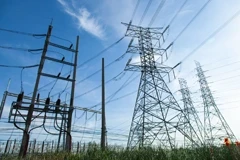
Distribution Automation
A growing requirement for electrical grids
BY SOWMYAVADHANA SRINIVASAN, GlobalData
The concept of distribution automation came into play in the 1970s, after the need to enhance power-system reliability and efficiency saw the distribution system becoming increasingly automated. The main purpose was to utilize emerging information and communication technology to enhance the operating performance of distribution systems.
The increased interest in distribution automation is due to the emergence of new technologies, particularly measuring devices and sensors,...
Related Articles

Optimizing Enterprise with Analytics
How utilities can become data-driven organizations As industry challenges continue to grow, the pressure on utilities to optimize their operations has never been stronger. From amplified pressure to manage customer relationships more effectively to the ever-present need to cut operational costs,...

The Digital Substation Vision: From Utopian Concept to Grid Backbone
A digital substation is a modernized electrical substation that replaces traditional analog equipment and copper wiring with digital signaling, intelligent electronic devices (IEDs), and fiber-optic communication. It enables real-time data exchange, advanced automation, and greater efficiency in...
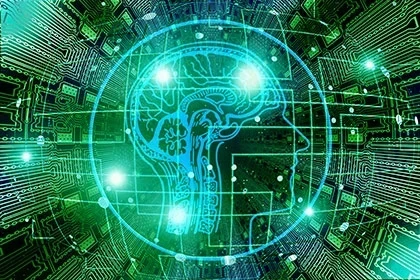
FROM SMART GRID TO NEURAL GRID
NEURAL GRID TAKES SMART GRID INTO THE CLOUD The Neural Grid represents more than Smart Grid v2.0—much more. Today, the smart grid implies the legacy mechanical power transmission and distribution (T&D) networks enhanced by pockets of automation, connectivity, and centralized IT systems. The...

Cloud Computing for Electric Utilities
Need-to-know info for electric utilities BY LEN WHITTEN, SunGard Availability Services The electric power industry has often been a first-mover in adopting new technologies before other industries move forward with implementation. For example, electric utilities were among the first companies to...
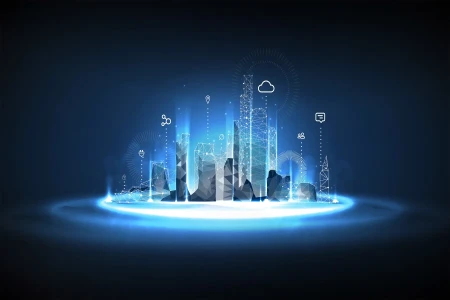
Smart Substations and Their Role in the Evolving Smart Grid
The power industry is undergoing a profound transformation driven by grid modernization, renewable integration, and increasing demands for resilience and efficiency. At the heart of this evolution lies the smart substation—a next-generation facility equipped with advanced sensors, digital...
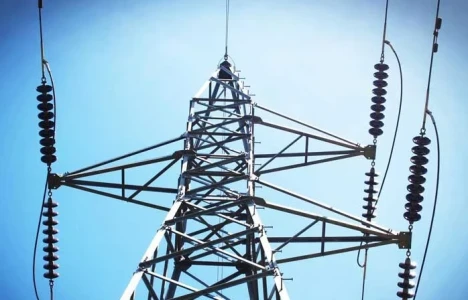
FERC Complaint Targets Duke, PJM Transmission Planning
A coalition of large energy consumers and ratepayer advocates has filed a complaint with the Federal Energy Regulatory Commission (FERC), urging the agency to prohibit transmission owners from independently planning "local" transmission projects exceeding 100 kilovolts (kV). The coalition argues...

FERC Approves Interconnection for Talen Energy, Amazon Data Center
In a significant move that underscores the growing demand for reliable and sustainable energy to power the expanding digital infrastructure, the Federal Energy Regulatory Commission (FERC) has approved an interconnection agreement between Talen Energy, Amazon Web Services (AWS), and Exelon. This...
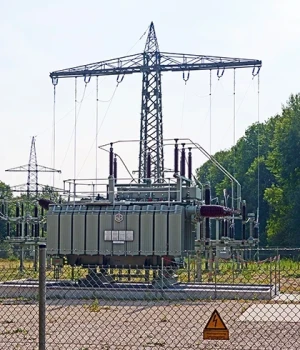
Smart Transformers: Enhancing Grid Efficiency and Reliability
The evolving demands of modern power grids necessitate the adoption of advanced technologies that can provide enhanced efficiency, reliability, and flexibility. Smart transformers are at the forefront of this technological revolution, offering a range of capabilities that significantly improve the...

FROM SMART GRID TO NEURAL GRID
NEURAL GRID TAKES SMART GRID INTO THE CLOUD The Neural Grid represents more than Smart Grid v2.0—much more. Today, the smart grid implies the legacy mechanical power transmission and distribution (T&D) networks enhanced by pockets of automation, connectivity, and centralized IT systems. The...
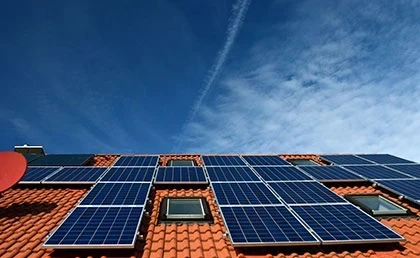
4 Benefits of Distribution Automation in a Decentralized Energy World
When dozens of utilities received stimulus funds for distribution automation projects in 2009, solar was barely a gigawatt-scale market in the U.S. Sandy was simply a lead character in Grease, not a superstorm that would prompt cities and states to reassess the future-readiness of their...
